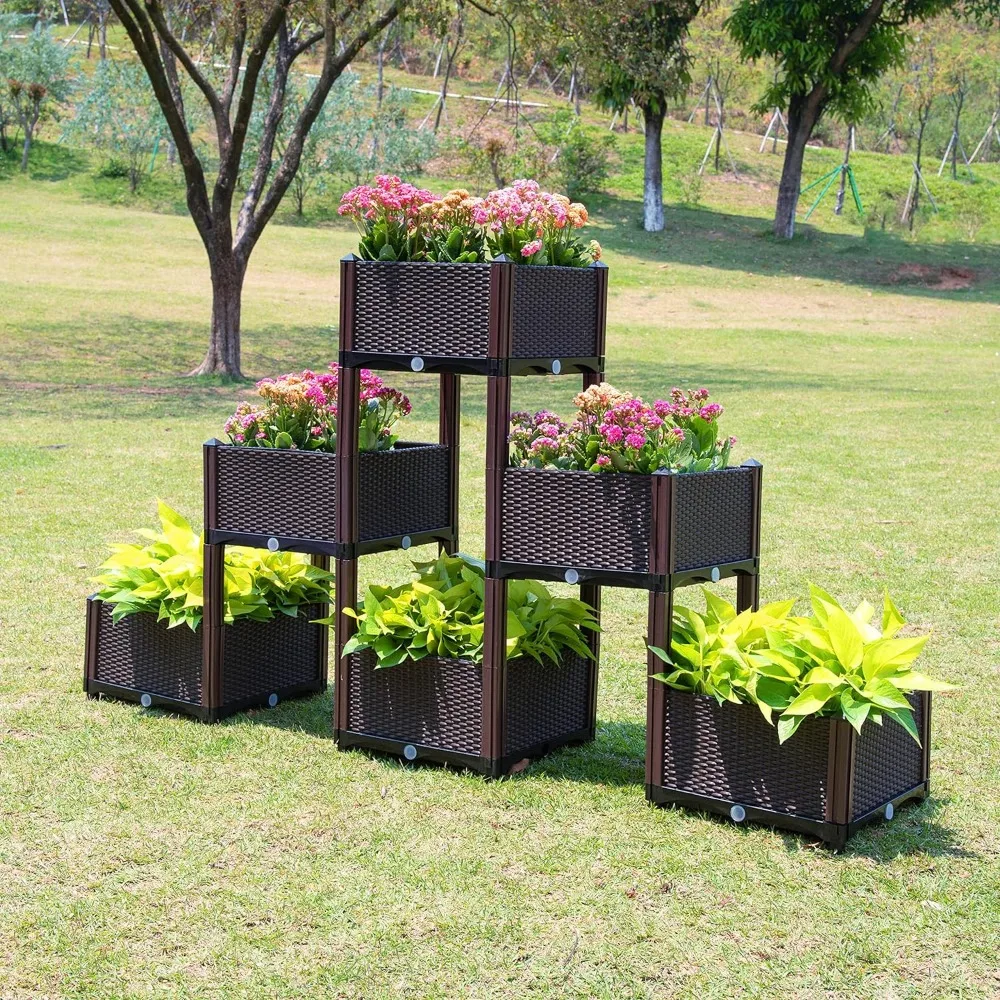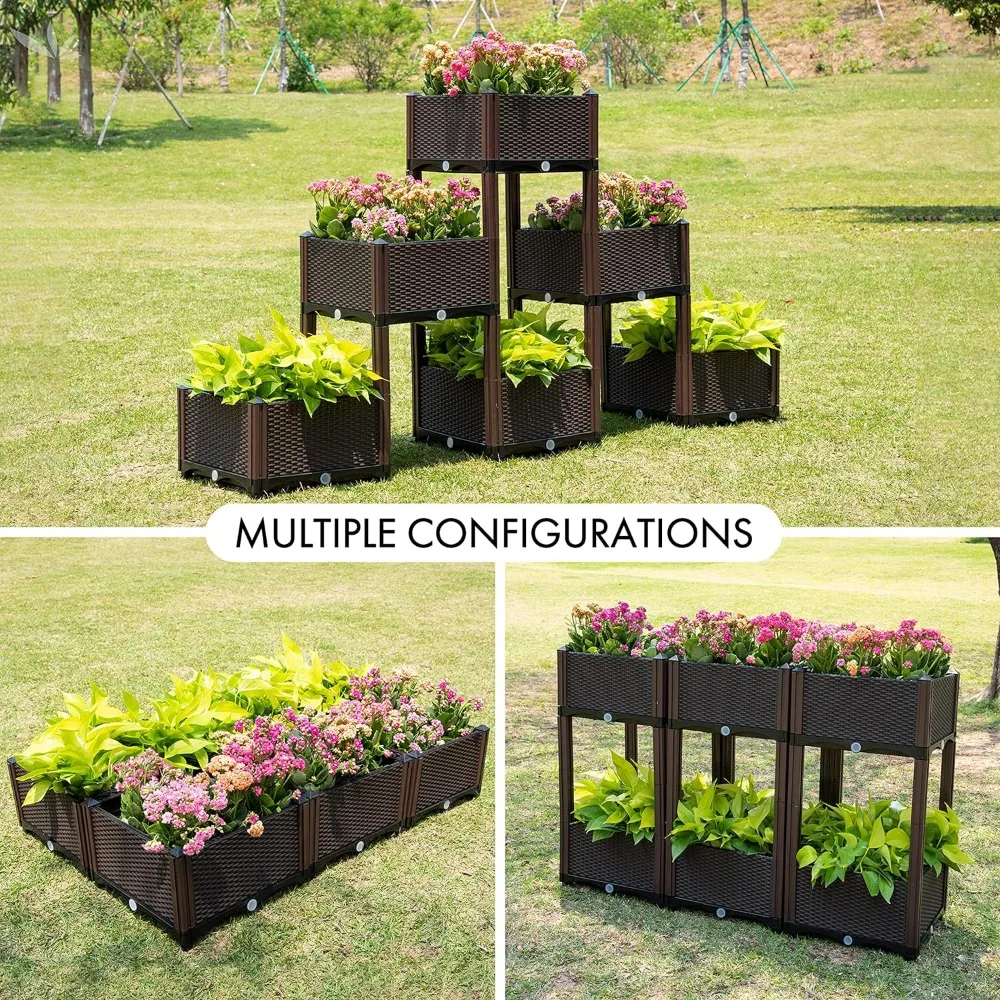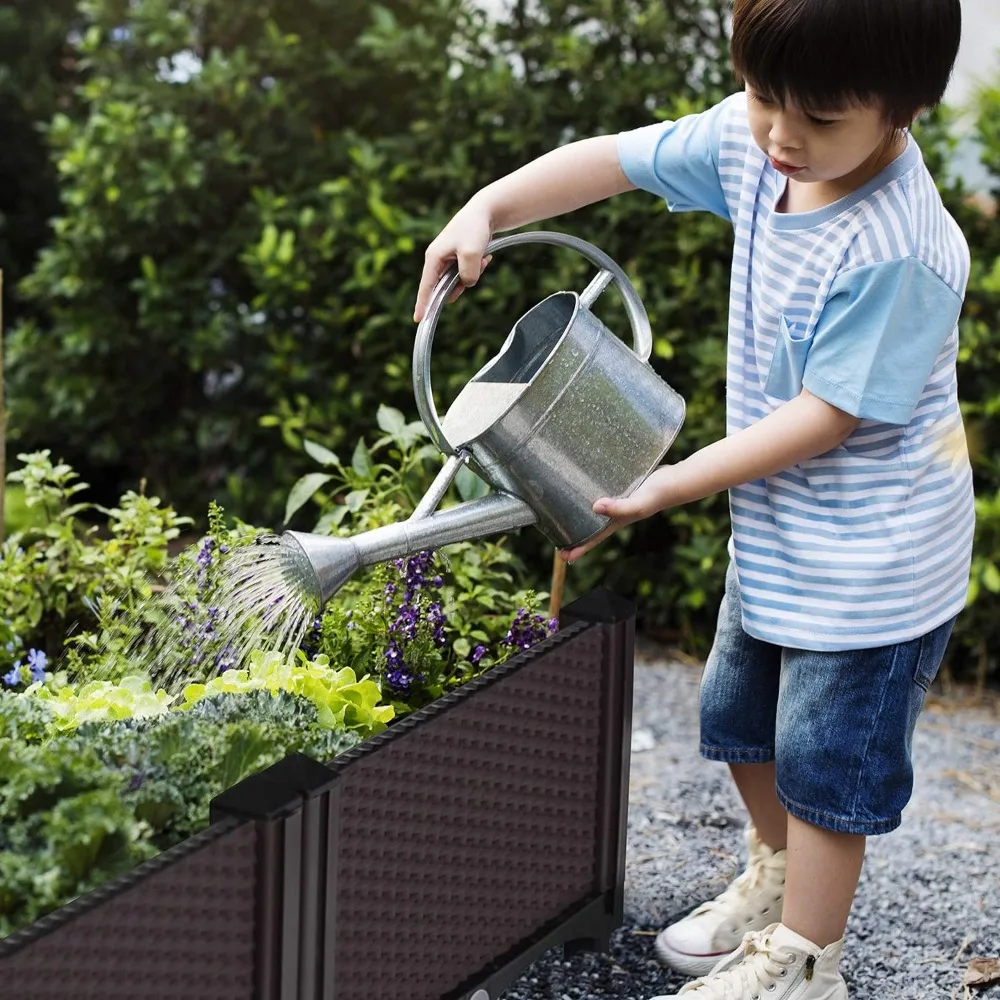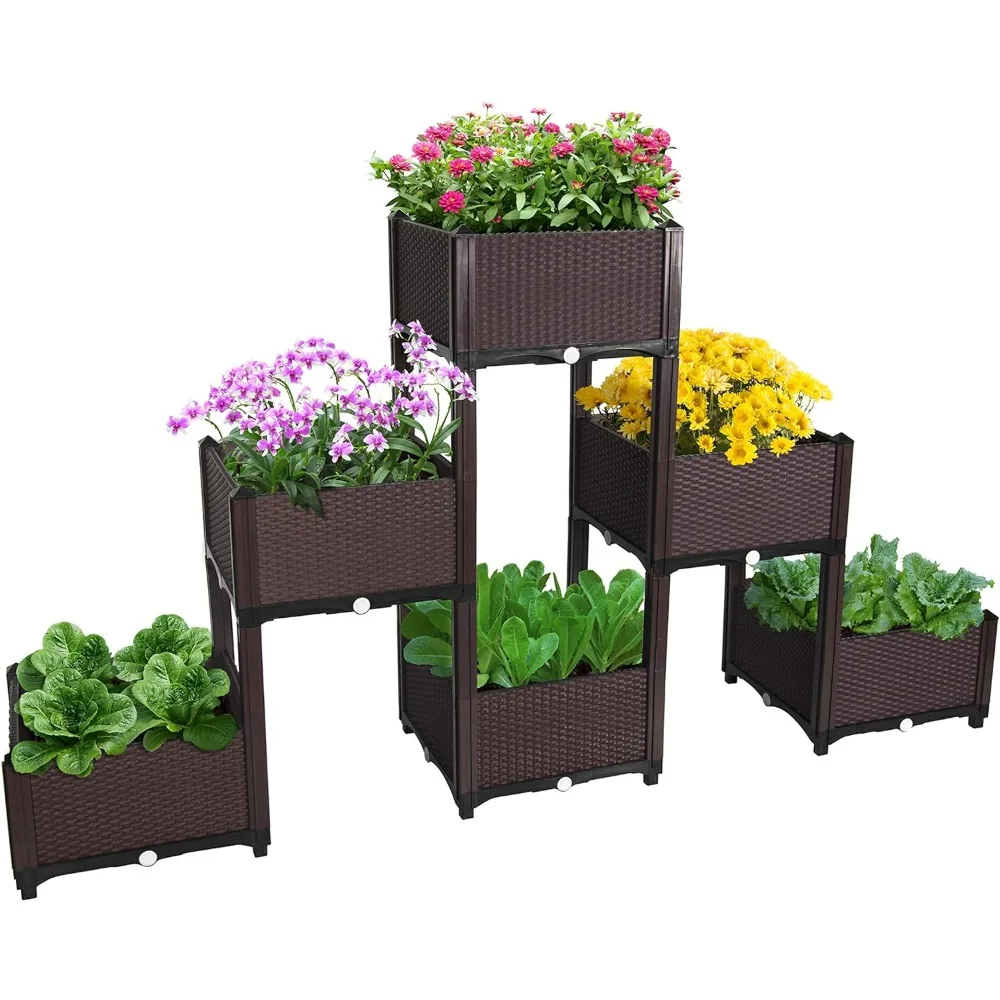Gardening enthusiasts often seek innovative ways to enhance their outdoor spaces with beautiful flowers. Incorporating flower beds with pots can add versatility, color, and texture to your garden landscape. Whether you have a small patio or a spacious backyard, these creative ideas will inspire you to create stunning floral arrangements that elevate your outdoor aesthetics.
Planning Your Garden Layout
Before diving into specific flower bed and pot arrangements, start with a well-thought-out garden layout. Consider factors such as sunlight exposure, soil type, and existing landscaping features. Plan where you want your flower beds and pots to be located, keeping in mind access for watering and maintenance. Sketch a rough layout or use garden planning tools to visualize how different elements will fit together harmoniously.
Choosing the Right Flower Bed Styles
Flower beds come in various styles, from traditional raised beds to contemporary linear designs and whimsical curved shapes. Select a style that complements your garden’s overall theme and architecture. Raised flower beds are ideal for adding depth and structure, while linear beds are perfect for creating borders or pathways. Curved beds soften the landscape with flowing lines, enhancing visual interest. Mix and match these styles to create a dynamic and cohesive garden design.
Selecting Pots and Containers
Pots and containers are essential for adding height and mobility to your flower garden. Choose pots in different sizes, shapes, and materials such as terracotta, ceramic, or lightweight resin. Consider the color and texture of the pots to complement your flower choices and garden decor. Hanging baskets and wall-mounted pots are excellent space-saving options for vertical gardening. Ensure that the pots have drainage holes to prevent waterlogging and maintain healthy plant growth.

Creating Colorful Themes
Create vibrant and cohesive color themes in your flower beds and pots to evoke different moods or seasons. Choose flowers in complementary hues or monochromatic schemes for a unified look. For example, a summer garden could feature warm tones like yellows, oranges, and reds, while a serene spring garden might showcase pastel shades of pink, lavender, and white. Integrate foliage plants with contrasting textures to add depth and visual interest to your floral compositions.
Mixing Annuals and Perennials
Balance your flower beds and pots with a mix of annual and perennial plants to ensure year-round blooms and seasonal interest. Annuals provide instant color and are perfect for filling gaps between perennials. They often bloom continuously throughout the growing season. Perennials offer long-term stability and return each year with minimal maintenance. Combine both types of plants strategically to maintain a dynamic garden display that evolves with the changing seasons.
Incorporating Herbs and Edibles
Integrate herbs and edible plants into your flower beds and pots to create a functional and aromatic garden space. Herbs like basil, rosemary, and mint not only add fragrance but also attract beneficial insects to your garden. Plant vegetables such as tomatoes, peppers, and lettuce in large pots or raised beds alongside flowers for a productive and visually appealing garden. This edible landscape not only enhances your outdoor decor but also provides fresh ingredients for culinary adventures.
Using Vertical Structures
Maximize space and visual impact by incorporating vertical structures into your garden design. Install trellises, arbors, or obelisks to support climbing plants like roses, jasmine, or clematis. Train vines and climbers to grow upwards, adding height and creating a lush backdrop for your flower beds. Vertical gardening also allows you to grow plants in tight spaces or against walls, making use of otherwise unused areas in your garden.

Implementing Seasonal Rotations
Plan seasonal rotations of flowers and plants to keep your garden vibrant throughout the year. Choose early spring bulbs like tulips and daffodils for a burst of color, followed by summer-flowering favorites such as dahlias and petunias. In autumn, transition to plants like chrysanthemums and ornamental kale that thrive in cooler temperatures. Consider winter-friendly plants like evergreens or hellebores to maintain visual interest during the colder months. Rotate your flower beds and pots accordingly to ensure a continuous display of blooms and foliage.
Incorporating Water Features
Enhance the tranquility of your garden oasis by incorporating water features alongside your flower beds and pots. Install a small fountain, birdbath, or pond to attract birds and wildlife while creating a soothing ambiance with the sound of flowing water. Choose aquatic plants like water lilies or lotus flowers to thrive in your water feature, complementing the surrounding floral arrangements. Water features add a sense of serenity and natural beauty, transforming your garden into a peaceful retreat.
Maintaining and Caring for Your Garden
Regular maintenance is crucial for keeping your flower beds and pots healthy and vibrant. Water plants regularly, especially during hot weather, and adjust watering schedules based on seasonal rainfall. Deadhead spent flowers to promote continuous blooming and remove weeds to prevent competition for nutrients. Fertilize plants as needed according to their specific requirements, and prune overgrown foliage to maintain shape and encourage new growth. Regular care ensures that your garden remains a flourishing haven of beauty and tranquility year-round.
Integrating Garden Pathways
Incorporate garden pathways to connect different areas of your outdoor space and guide visitors through your floral displays. Use materials like gravel, stepping stones, or pavers to create a functional and aesthetically pleasing pathway. Flank the sides of the pathway with low-growing flowers or herbs in pots to define the edges and add visual interest. Consider using pathway lighting to illuminate your garden at night, creating a magical atmosphere and highlighting your beautiful flower arrangements.
Creating Theme Gardens
Theme gardens provide a cohesive and immersive experience by focusing on specific plant types, colors, or cultural inspirations. For example, a cottage garden theme can feature traditional favorites like roses, lavender, and delphiniums arranged in a relaxed and informal style. A Mediterranean garden could showcase drought-tolerant plants such as succulents, lavender, and olive trees, complemented by terracotta pots and gravel pathways. Explore different themes to express your personal tastes and create a unique garden retreat.

Vertical Gardens and Living Walls
Expand your gardening space vertically by creating vertical gardens or living walls using pots and containers mounted on walls or trellises. Plant cascading flowers like trailing petunias, ivy geraniums, or sweet potato vines in hanging baskets or wall-mounted pots to create a lush green backdrop with pops of vibrant color. Vertical gardens are ideal for small spaces, balconies, or areas with limited ground space, allowing you to maximize your planting area while adding visual interest to walls and fences.
Seasonal Decor and Accents
Enhance your flower beds and pots with seasonal decor and accents to celebrate holidays or special occasions throughout the year. Incorporate seasonal elements like pumpkins and gourds in autumn, festive lights and ornaments during winter holidays, or patriotic colors for summer festivities. Swap out decorative accents and accessories to reflect the changing seasons, adding a touch of seasonal charm to your garden and keeping your outdoor decor fresh and inviting year-round.
Sustainable and Eco-Friendly Practices
Embrace sustainable gardening practices by incorporating eco-friendly elements into your flower beds and pots. Use organic fertilizers and compost to nourish your plants naturally and reduce environmental impact. Choose native plants that are adapted to your local climate and require less water and maintenance. Install rain barrels or drip irrigation systems to conserve water and promote efficient irrigation. By adopting sustainable gardening practices, you can create a garden that thrives while minimizing its ecological footprint.
Conclusion: Bringing Your Garden to Life
By incorporating these creative flower bed with pots ideas into your garden design, you can create a captivating outdoor sanctuary that reflects your personal style and love for gardening. Experiment with different plant combinations, colors, and textures to discover what works best for your space. Whether you’re aiming for a vibrant summer garden or a serene year-round retreat, thoughtful planning and care will transform your outdoor space into a flourishing paradise. Embrace the joy of gardening as you nurture your plants and watch your garden bloom with beauty and life.
